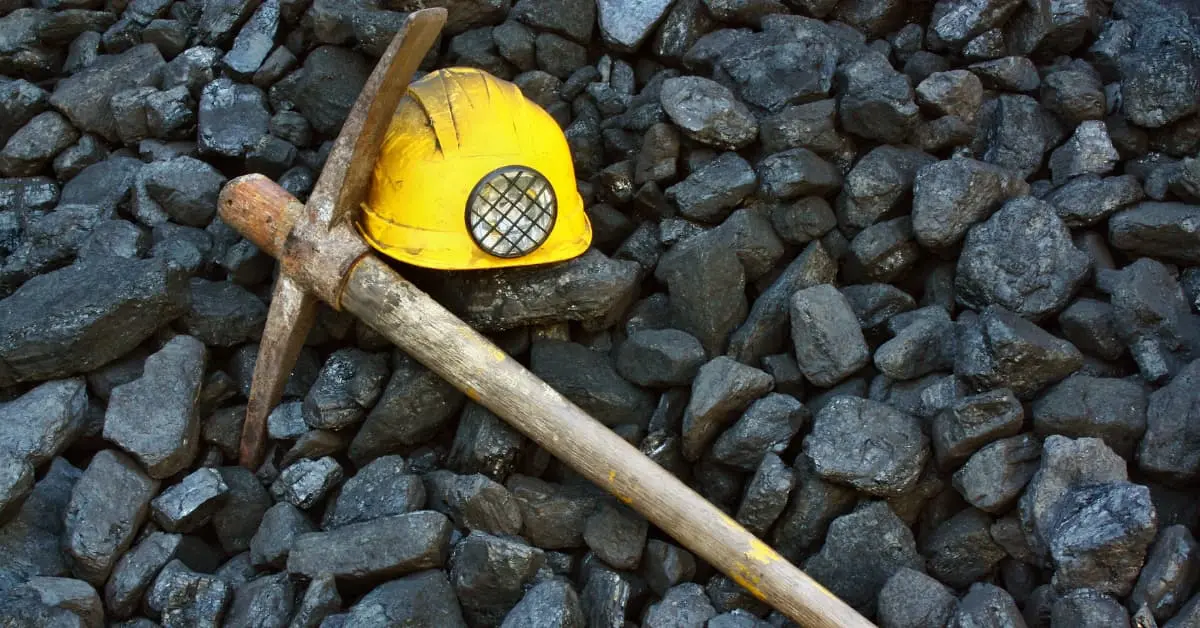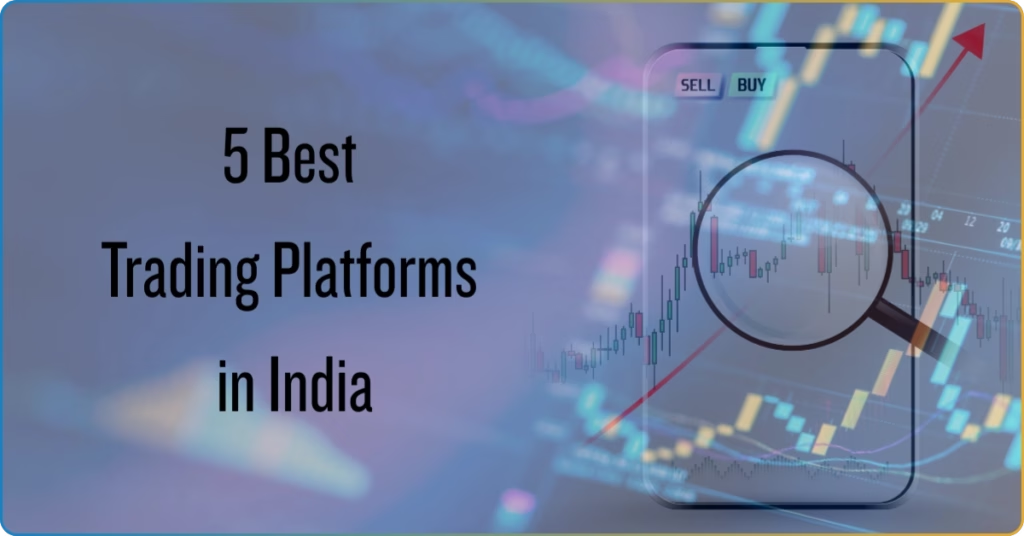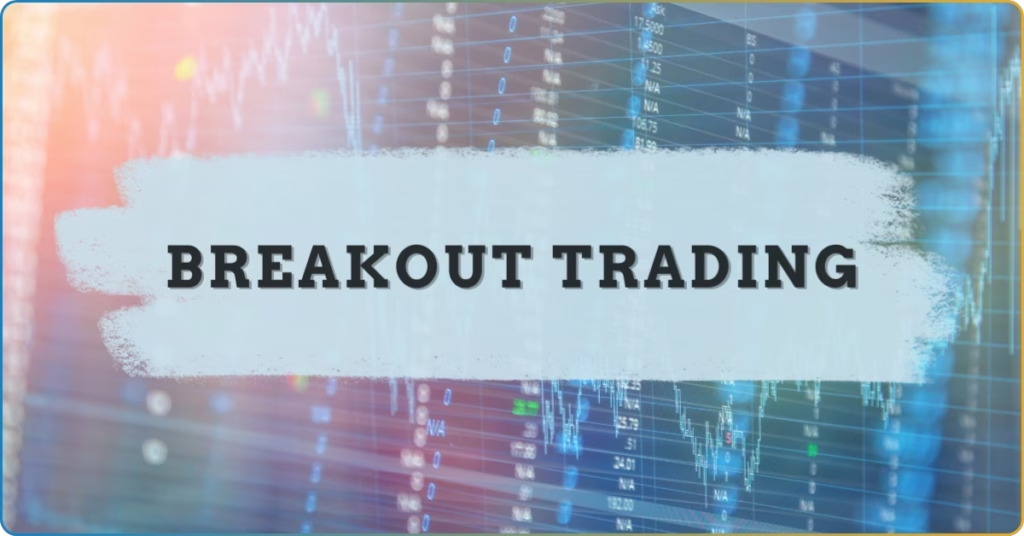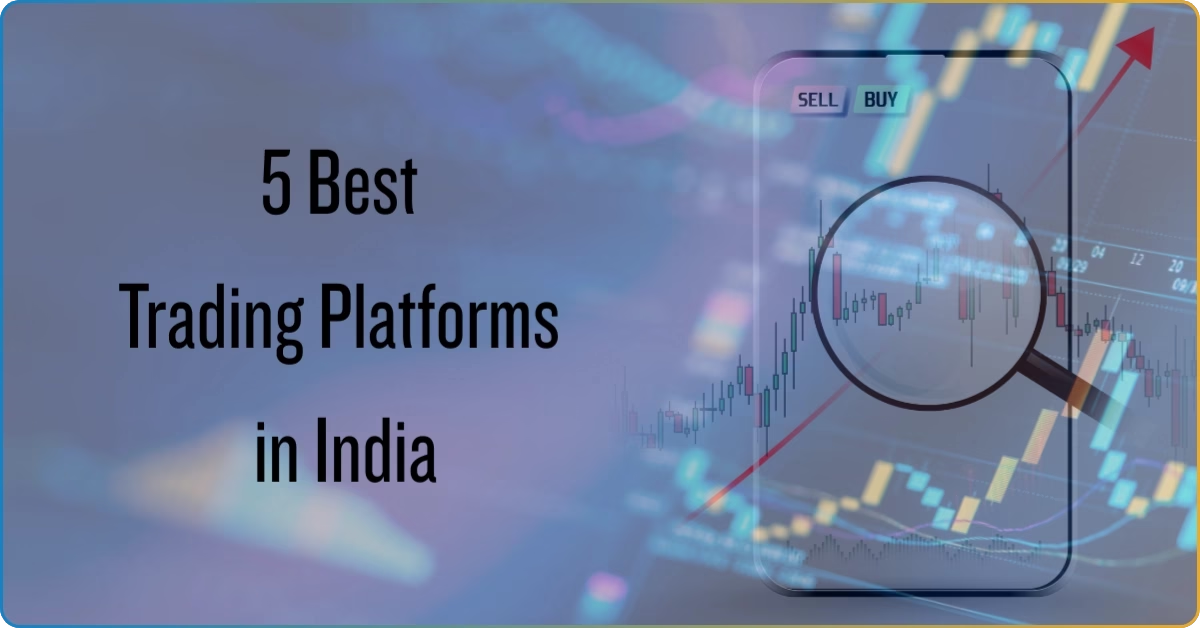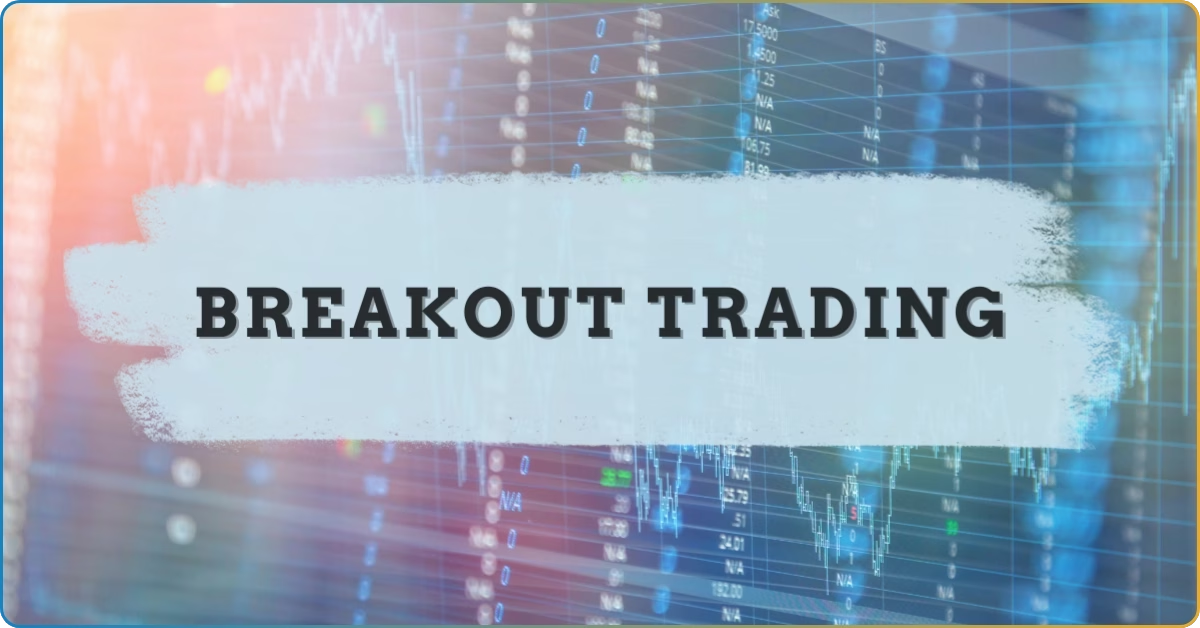Gold is considered a safe-haven investment because of its historical relevance and intrinsic value. But that’s in the context of the global market—the South African gold market has it rough.
With increasing mining costs, stringent environmental policies, and union unrests, South Africa’s gold mining industry has been in constant decline.
This article explores the ongoing struggle of gold industry in South Africa. Discover whether gold investment is worth your attention in 2024.
What Is the Gold Price Today?
The economic principle of supply and demand is the heart of online trading—low demand results in increased supply, and vice versa.
Now, with the continuous decline of gold production in South Africa, it’s obvious the price will go up as the supply depletes. But what about the gold prices in South Africa?
Interested in gold trading? Check out our blog about the current development of the South African gold market today.
The Struggling South African Gold Industry
In 1994, South Africa produced 580 tons of gold yearly. However, it has not seen the light of day since then.
According to the latest data from the Minerals Councils of South Africa, gold production in the country has been falling by 5.8% annually since 1994. In 2023, the country produced less than 97 tons of gold.
Despite continuously hitting higher highs in 2024, the surge in global gold prices is not sufficient to mitigate the challenges faced by the South African gold industry. That’s because the hindrance keeping the industry from recovering is deeply rooted in the country’s infrastructure.
Environmental policies
Mining production entails ecological distress due to unsustainable environmental practices.
The extraction and processing of precious metals is highly associated with air pollution, water contamination, waste generation, and landscape disruption.
This resulted in increasingly stringent environmental policies imposed on industry, requiring a significant investment on the end of the company. This financial burden on the company disrupts its mining production.
Labor and union strikes
A declining industry entails an unprofitable possibility for the mining businesses. Unfortunately, this translates into uncompensated miners forming unions and mobilizing through rallies and protests.
This unrest between miners and mining companies further slows down the country’s leading industry.
Labor unrest is unfortunately common in the gold mining industry. Mining businesses is risky on many levels, including:
- Health risks: Dust exposure is common in the industry, which could lead to respiratory issues such as chronic black lungs.
- Thermal risks: Miners are exposed to hot and humid environments, which tends to bring thermal stress to workers.
- Physical hazards: Overexposure to ultraviolet (UV) radiation, whole body vibration (WBV), and the tendency of Musculoskeletal disorders is common to the mining industry.
- Chemical hazards: Mining involves harmful chemicals (polymeric, cyanide, sulfuric acid, etc.) which could lead to chemical burns, respiratory problems, and even poisoning.
Increasing mining cost
One reason the South African gold industry is behind its neighboring countries is its incapability to invest in technologies that efficiently manage mineral rights applications and records.
Gold mining is part of the underground mining industry, and due to regulatory and economic compliance, this industry is considered more expensive than other mining productions.
To mitigate labor and environmental nuances, it has to be safe and produce as little waste as possible. Thus, a gold mining company is required to invest in sophisticated machines to ensure adherence to such production practices.
However, the revenue deficit due to the declining commodity price and the infrastructure challenges make it difficult for companies to invest in such systems.
The Effect of Declining Gold Industry in the Global Gold Market
South Africa, once the largest gold producer, now ranks 12th globally. The country’s declining and slowing mining industry had affected the global gold circulation; but not enough to disrupt the commodity’s price surge.
With strong-economy countries leading gold production, the gap caused by the slowing gold industry in South Africa has been filled. These include China, the Russian Federation, Australia, and the United States.
While the surge in gold prices is not sufficient to help the country’s gold industry recover, its benefits are undeniable. In fact, the Minerals Council of South Africa stated that the rising gold prices have enabled South Africa’s gold producers to remain in business and gradually increase their production outcomes from 2023.
Frequently Asked Questions
How Much Does Gold Cost in South Africa Today?
On September 26, 2024, the price of gold hit another all-time high at 2670 USD per troy ounce (46,427.29 ZAR).
Why Are Gold Measured per Troy Ounce?
All precious metals are measured per troy ounce to standardize the market and remain consistent over time.
According to the U.K. Royal Mint, a troy-ounce unit equals 31.1034768 grams.
The Best Time to Trade Gold in South Africa
If you’re trading forex with an XAU/USD pair, the best time to enter the market is during the New York trading session. Better, when the London and New York trading hours overlap at 2:00 pm to 6:00 pm in South African Standard Time (12:00 to 4:00 pm UTC)

